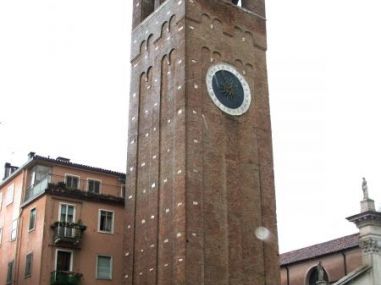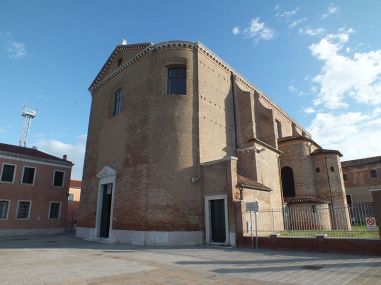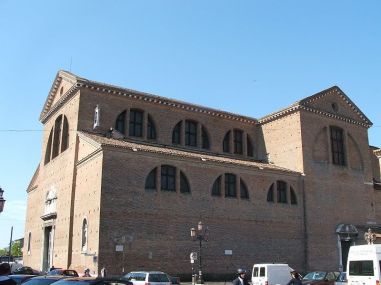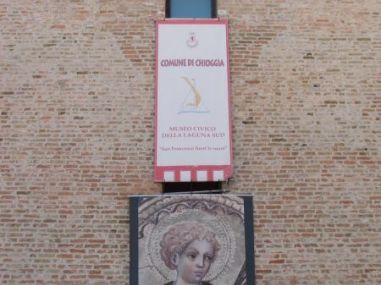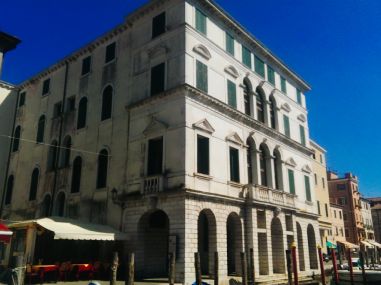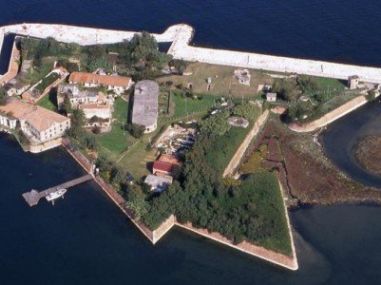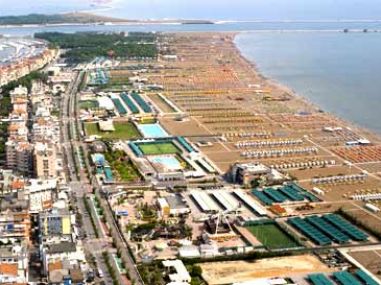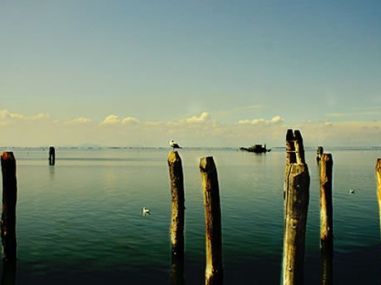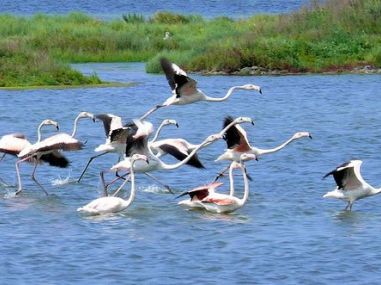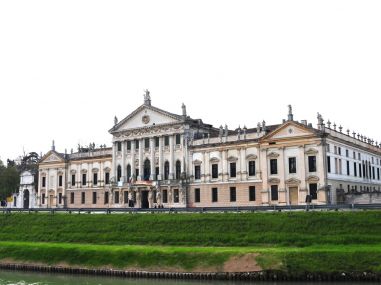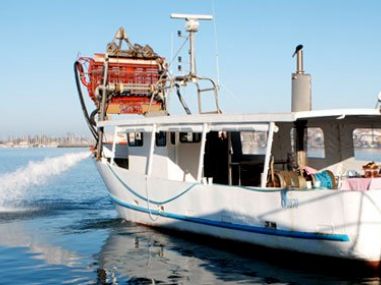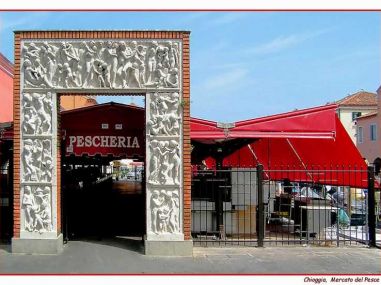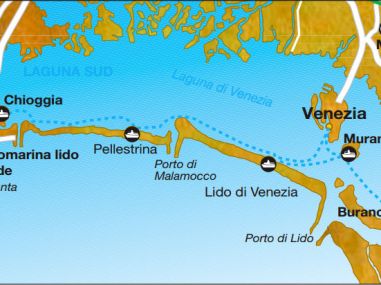The beach of Sottomarina
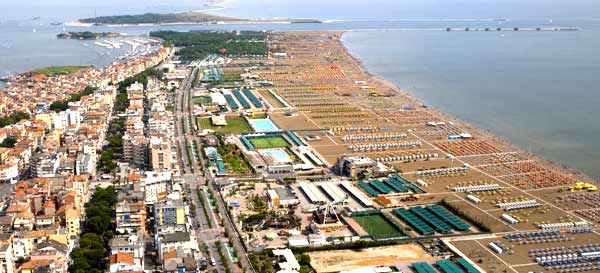
Nestled between the Adriatic, the lagoon and the Venetian countryside, the beach of Sottomarina, in ancient times, had to present itself as a thin strip of land, the southernmost coastal cordon of the lagoon. The conformation of this part underwent substantial changes especially in the century. XI, gradually passing from a “wilderness” vegetation to an orthotic type. Bordered to the south by the mouth of the Brenta – Bacchiglione, it reached the north to the port of San Felice. The village was facing the Lusenzo lagoon and was practically limited to the area that goes from the port to the current old market. Following its total destruction in 1379 during the war of Chioggia, Sottomarina will remain uninhabited, without any defense at sea, a place subject to continuous flooding. The same Senato Veneto will prevent its reconstruction, which will take place only towards the second half of 1700, when to defend the entire lagoon basin will be built the imposing work of Murazzi, consisting of large boulders in Istrian stone placed to face the destructive effect of the tidal waves.Sottomarina today enjoys a beach that extends beyond the mouths of the Brenta, up to those of the Adige, in that of Isolaverde, renowned for its sandy soil particularly suitable for its horticultural production, and today renowned tourist center equipped with modern bathing facilities surrounded by greenery. About ten kilometers long and with a depth that in some places reaches even 300 meters, the beach of Sottomarina is characterized and appreciated throughout the Litoral for the quality of its sand, very fine, with great presence of augite, quartz, silicates and micaceous elements combined with a regularly moderate and constant ventilation that make this beach particularly recommended for eliopsammotherapy treatments and for a wonderful tan. Its wide and welcoming shoreline is, without a doubt, ideal for long walks and to entertain children and relax the adults.


